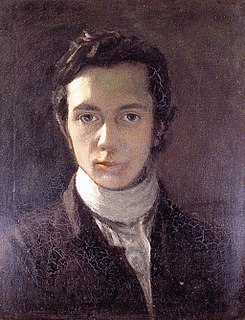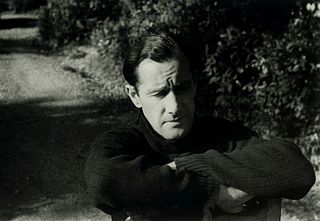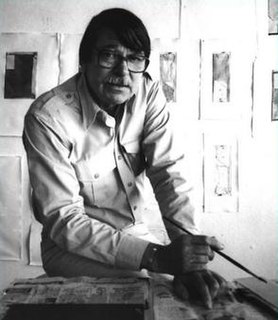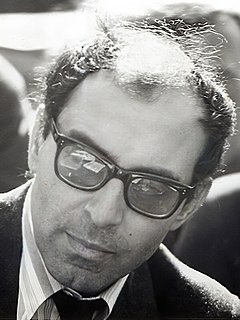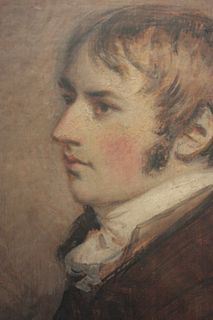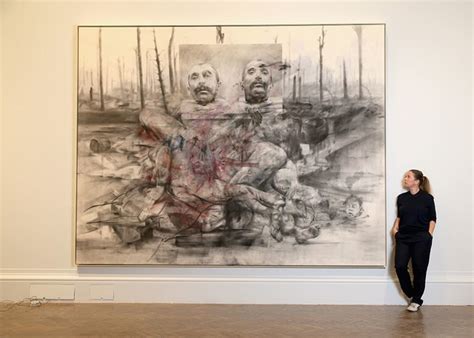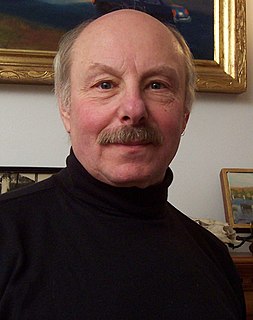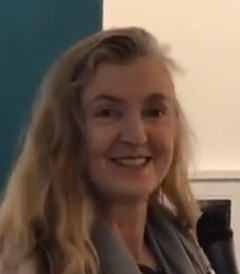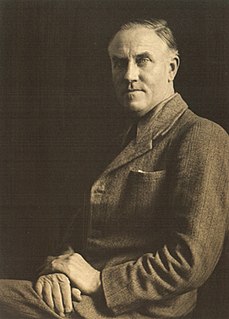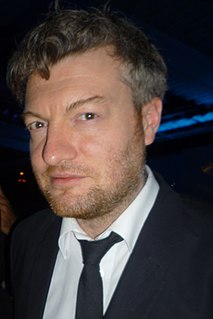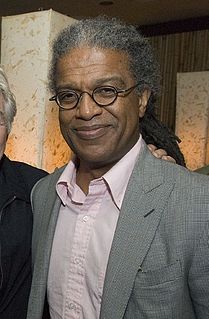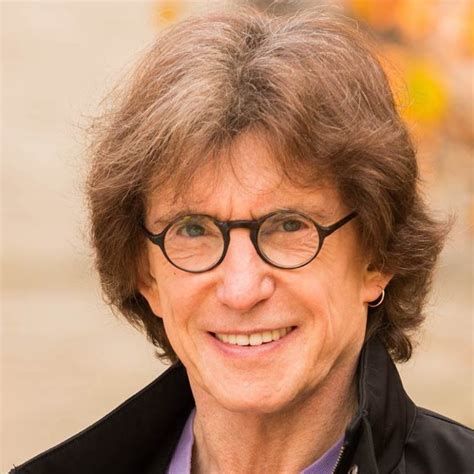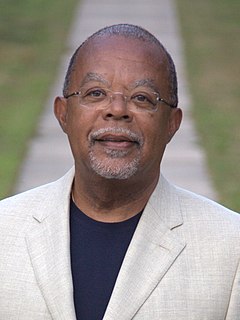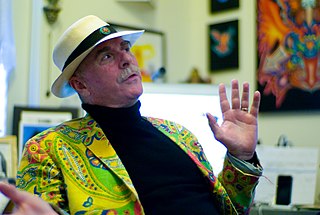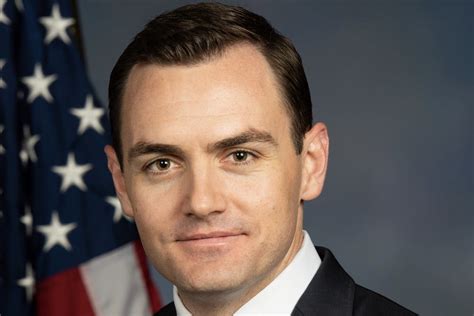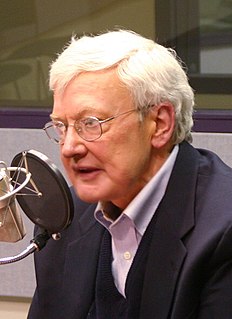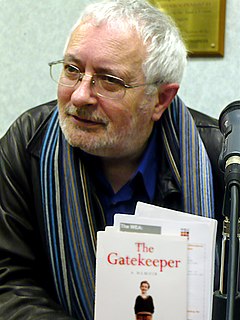A Quote by William Hazlitt
Landscape painting is the obvious resource of misanthropy.
Quote Topics
Related Quotes
You have bits of canvas that are unpainted and you have these thick stretcher bars. So you see that a painting is an object; that it's not a window into something - you're not looking at a landscape, you're not looking at a portrait, but you're looking at a painting. It's basically: A painting is a painting is a painting. And it's what Frank Stella said famously: What you see is what you see.
Painting allows me to use other portions of my brain pleasurably. Irony plays no part in what or how I paint. I paint the particular subject matter not to make polemical points but because I am interested in the human imprint on the landscape. I paint the landscape of my time and place with the stuff in it.
There is an infinity of landscape here, caused by the purity of the atmosphere. It has been said that there is a lack of colour. It is not so obvious as the greenness of England, but it is infinitely more varied and more delicate in tone. The landscape is a pinky mauve, a lilac, and the reflection of the sun of the particles of the atmosphere is a warm amber. So I should say our colour scheme is amber and lilac.
